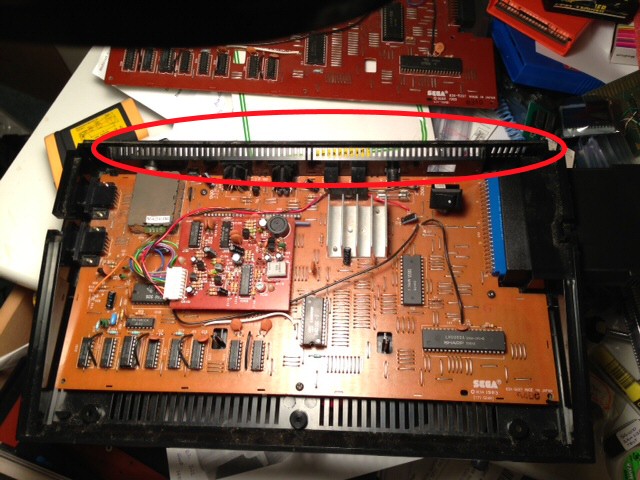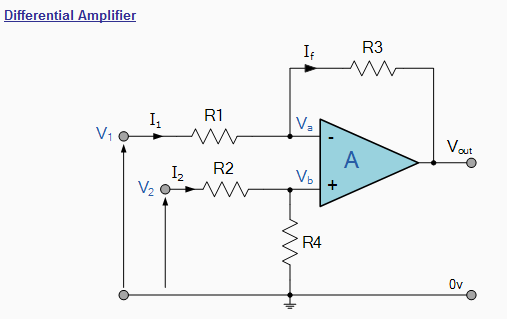honestbob wrote:Here's one of the links I recall seeing a couple of years back when I first looked around for hints on how to do this. Component video board installation guide for the Colecovision. I *think* this one was designed around the TMS9928A (see comments in the atariage thread)
I only have NTSC consoles. I'm running directly off of the TMS9928A's pins 35, 36, and 38. I'm guessing this would work just as well from a TMS9929A.
http://www.atariage.com/forums/topic/15 ... ecovision/and here is the installation guide
http://www.colecovision.dk/Tools/CV-YPb ... all-02.pdfIt is a nice little package and not dissimilar to some of the packaging ideas we discussed earlier in the thread. Interesting idea leaving the potentiometers as user adjustable. That sounds like a sure way for an end user to stuff it up

But it has a good section on how to tune the board and the optional video test pattern PCB is an interesting idea too.
The other lesson from this is that a plug in replacement daughter board would be way more usable for most people than having to solder multiple wires. The process in that installation guide is going to scare off a lot of people.
Just throwing it out there for ideas.
Cheers
Hi all, I've received a couple of e-mails from some members here, so I thought I'd join up to respond and join in the conversation.
Thia ColecoVision component/YPbPr mod kit is mine. It hasn't been too popular (which is fine, by the way - I was happy enough to have a good solution for myself), I think because it's a kit, and this scares off quite a few people. It sounds like the SC-3000 uses a daughtercard for video, so this may make the installation easier and therefore more accessible.
I should mention that there's another option, the F18A, an FPGA based VGA output to replace the TMS9918A, etc. This should work fine as long as your VGA monitor can handle 640x480 at 60 Hz.:
http://www.atariage.com/forums/topic/168968-f18a/http://codehackcreate.com/archives/30The first thing I did to try to get component video output out of a ColecoVision (TMS9928A) was send each of the three signals out from the TMS9928A to a buffer amplifer (no extra gain), and then off to a TV's component input. The picture was clear, but the blues were way too bright. If you're not familiar with YPbPr, this would be a good point to look it up in Wikipedia or something like that. Anyway, the 3 required signals are Y (green cable) which is the luminance signal (and sync), Pb which is blue minus Y, and Pr which is red minus Y. With the blue too bright, I turned down the Pb (B-Y) signal to compensate. Unfortunately, this not only turned down the B of B-Y, but it also turned down the "-Y". By subtracting some Y from the B-Y signal, I was able to get a signal that worked much better. I did the same procedure to the R-Y signal, but the change required for that signal is minimal. Some additional explanation is here:
http://www.atariage.com/forums/topic/15 ... try1852923A few more details to those interested in pursuing this further. I used the SOIC version of an LMH6644 as the buffer chip, although many other chips would be fine. Just make sure the bandwidth is suitable for video applications. My kit requires adjustment depending on what TV is connected. Ideally this shouldn't be the case. If I were to redo the circuit, I'd spend more time getting it more consistent. I'm guessing it's my design that is at fault, because DVD players and the like do not have this same issue. By the way, my kit is currently sold out, with more units hopefully available hopefully within a few weeks or so (no promises, though!). Sorry, it looks like my first post here is a bit of a sales post! I should note that my solution hasn't been tested with a PAL unit, as far as I know. It should work, though, although there may be subtle differences that need to be addressed.
Feel free to ask any questions, and I'll help out where I can.









